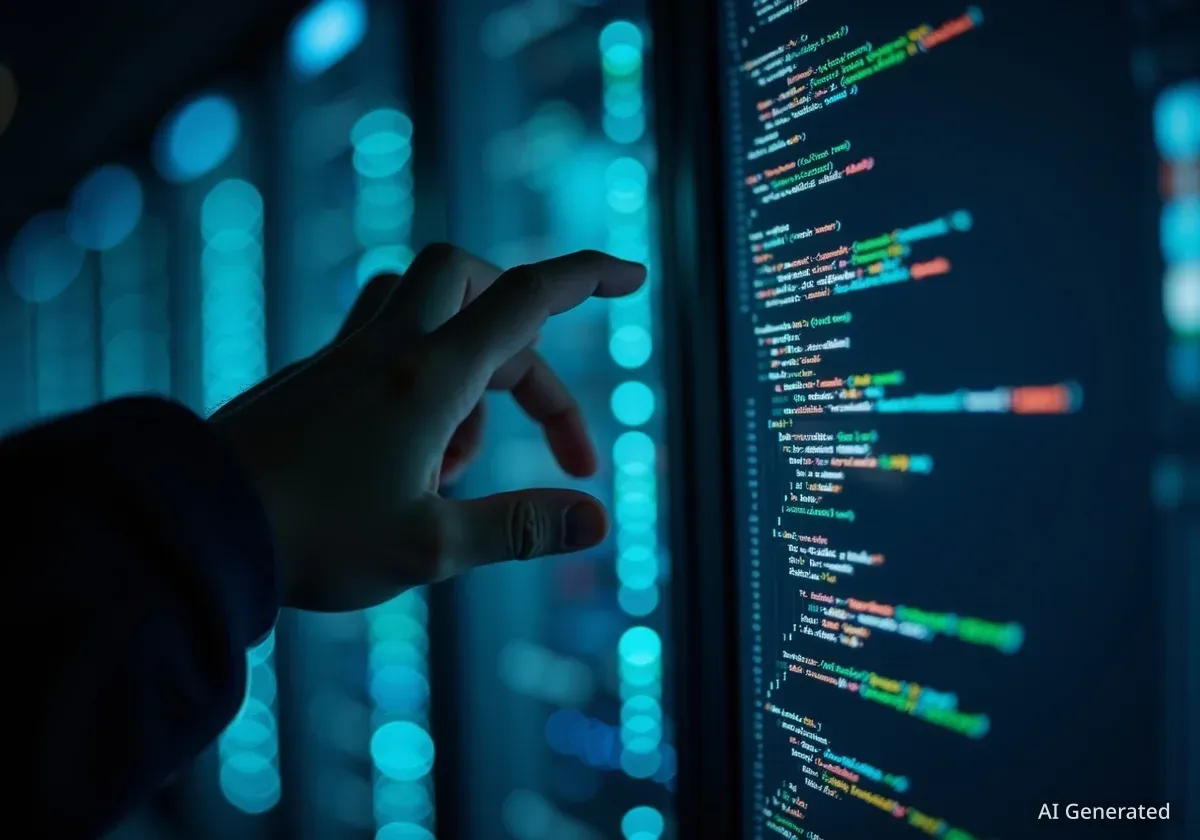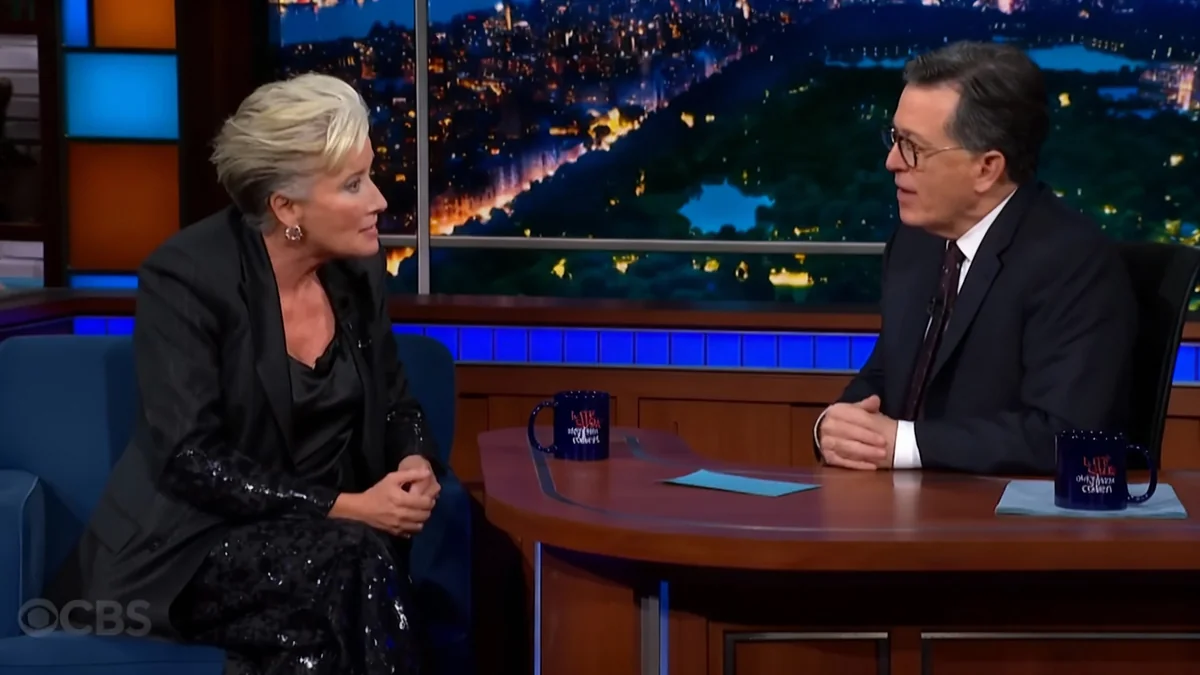A new front has opened in the artificial intelligence race, as OpenAI, the company behind ChatGPT, introduces a powerful short-form video generator named Sora 2. The move places direct competitive pressure on Meta, which has invested heavily in video content across its platforms like Instagram and Facebook.
The development signals a significant expansion of the AI battleground, moving beyond text-based models into the highly lucrative and engaging world of video creation. This shift could reshape the digital content landscape and alter the dynamics between major technology firms.
Key Takeaways
- OpenAI has launched Sora 2, an advanced AI model capable of generating short videos from text prompts.
- This new technology directly challenges Meta's dominance in the short-form video market, primarily through Instagram Reels.
- The competition in generative AI is escalating, expanding from text and images to the more complex domain of video.
- Sora 2's capabilities could have significant implications for content creators, marketers, and the social media industry as a whole.
The Emergence of Advanced Video Generation
The field of artificial intelligence is advancing at a rapid pace, with text-to-video generation emerging as the latest breakthrough. At the forefront is OpenAI's Sora 2, a tool that can create short, high-fidelity video clips based on simple written descriptions. This technology represents a leap forward from previous AI models that focused on text or static images.
Unlike earlier iterations of video AI, which often produced distorted or incoherent results, the demonstrations from Sora 2 show a remarkable level of realism and narrative consistency. The model can interpret user prompts to generate scenes with multiple characters, specific types of motion, and accurate details of both subjects and backgrounds.
From Text to Motion Pictures
The journey to realistic AI video generation has been a multi-year effort. It builds upon the success of large language models (LLMs) like ChatGPT, which mastered text, and diffusion models like DALL-E, which conquered image generation. Video adds the complex dimensions of time and motion, making it a significantly harder challenge for AI to master.
The core innovation lies in the AI's ability to understand the physical world. It doesn't just create a sequence of images; it appears to simulate a world to generate the video, leading to more coherent and believable outputs. This capability has the potential to democratize video production, allowing individuals to create complex visual content without needing expensive equipment or technical skills.
A Direct Challenge to Meta's Video Strategy
Meta has staked a significant portion of its future on the success of short-form video. The company has poured billions of dollars into developing and promoting Instagram Reels to compete with rivals like TikTok. The platform's algorithm is heavily geared towards promoting video content, making it a cornerstone of Meta's user engagement and advertising revenue strategy.
OpenAI's entry into this space with a powerful creation tool is a direct challenge to that strategy. While Meta has its own internal AI research divisions working on similar technology, Sora 2's public emergence puts pressure on the social media giant to accelerate its efforts. The company that provides the best and most accessible video creation tools could gain a significant advantage in attracting and retaining content creators.
The Power of Video
Video content is a primary driver of engagement on social media. According to internal data from Meta, Reels accounts for a substantial portion of the time users spend on Instagram. This high level of engagement makes it a critical component of the company's advertising business model.
If creators can generate high-quality, unique video content using Sora 2 more easily than with existing tools, they may gravitate towards platforms that best support this new workflow. This could disrupt the established ecosystem where platforms like Instagram and TikTok are the primary hubs for video creation and consumption.
"We are no longer just talking about AI that can write an email or create a picture. We're talking about AI that can generate a movie scene. This changes the game for every company whose business model relies on user-generated video content," noted one technology analyst.
Implications for the Creator Economy and Beyond
The impact of a tool like Sora 2 extends far beyond the corporate rivalry between OpenAI and Meta. It has the potential to fundamentally alter the creator economy. Content creators could use this technology to produce sophisticated animations, short films, and dynamic social media posts with unprecedented speed and efficiency.
This could lower the barrier to entry for high-quality video production, but it also raises questions about the future role of human creativity and the potential for AI-generated content to saturate online platforms. The implications for various industries are vast:
- Marketing and Advertising: Companies could generate custom video ads in minutes, tailored to specific audiences and campaigns, drastically reducing production costs and timelines.
- Entertainment: Independent filmmakers and studios could use AI to storyboard, create special effects, or even generate entire animated sequences.
- Education: Educators could create engaging visual aids and simulations to explain complex topics.
However, this new technology also brings challenges. The potential for creating realistic but fake videos raises significant concerns about misinformation and digital manipulation. Tech companies and regulators will face the difficult task of establishing safeguards and ethical guidelines for the use of these powerful tools.
The Broader AI Arms Race
The launch of Sora 2 is the latest move in an intensifying competition among a handful of major technology companies to achieve dominance in artificial intelligence. This rivalry, primarily involving OpenAI (backed by Microsoft), Google, and Meta, is pushing the boundaries of what AI can accomplish.
Each company is developing its own suite of generative AI models, from large language models to image and video generators. Meta has its Llama family of models, Google has Gemini, and OpenAI continues to build on its GPT and Sora series. This competition is driving innovation but also concentrating immense technological power within a few key players.
As these models become more capable, the focus will shift from pure technical prowess to practical application and integration. The company that can successfully embed these powerful AI tools into products used by billions of people will likely emerge as the leader in the next era of computing. The battle for video is just one, albeit critical, part of this larger strategic conflict.





